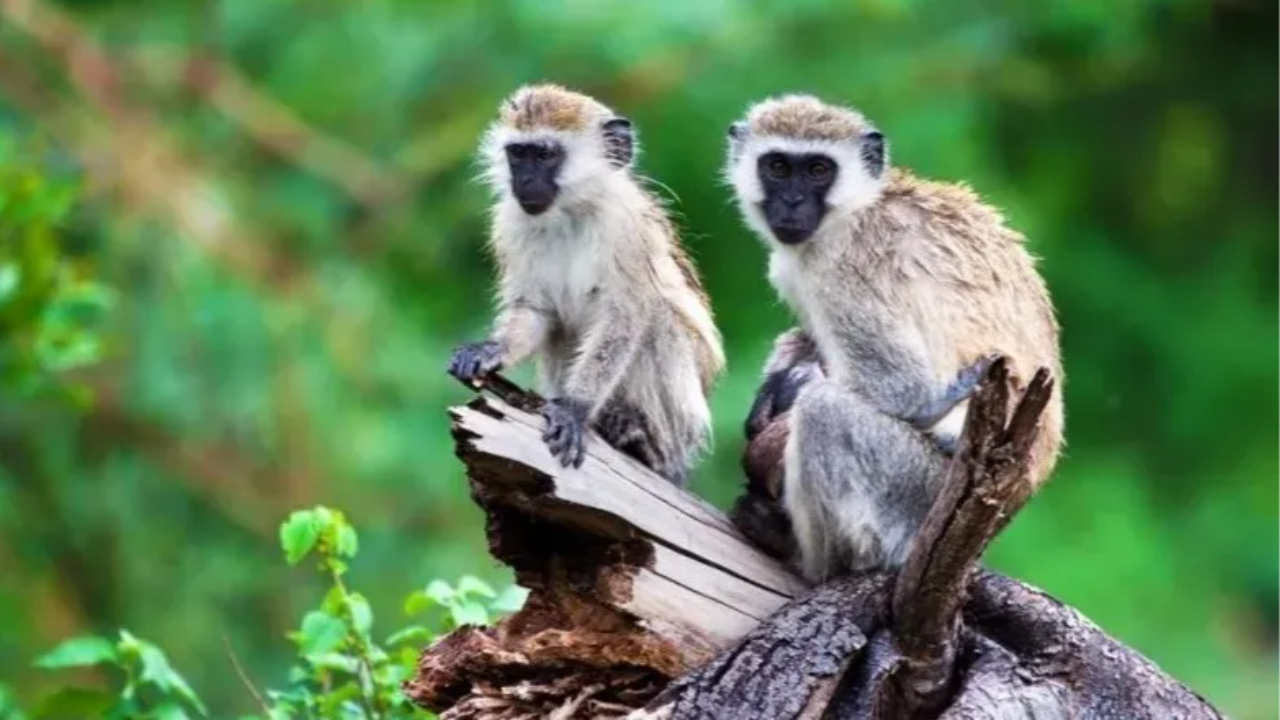Understanding Animal Communication
Feb 07, 2023
For humans and other mammals, the process of learning language begins in the womb. Scientists know that even at an early stage of development, embryos pick up on the sound of their mother’s voice and others who are nearby. In the case of homo sapiens, having a complete understanding of what is being said as well as interpreting facial expressions and body language takes years to master. Given the complexity of communications for many other species in the animal kingdom, is it even remotely possible for us to learn the ‘language’ of other animals that we did not learn as infants?
According to discoveries made by anthropologist and zoologist Dr. Klaus Zuberbühler, the answer is a definitive ‘yes.’ In this profile of his research chronicled a few years ago by Radiolab, Klaus’ research showed that a highly diverse range of species eavesdrop on each other all the time, each of whose survival depends on interpreting the alarms of other species. Monkeys of one species listen in on the vocalizations of other monkey species, who in turn listen to the warning calls of a variety of birds, who are themselves echoing the warnings of various monkey troops in addition to other animals. In short, everyone is listening to everyone else at every moment.
Hence, if primates with less advanced brains than ours are capable or interpreting other species’ vocalizations, then humans should be able to do the same. Klaus personally demonstrated that we can decipher the meanings encoded in animal calls with practice, in some cases helped by the aid of modern technology. He learned over time to identify warning calls uttered by Diana monkeys to signify the presence of a leopard (a dangerous predator to monkeys), and how to distinguish those from warning calls for a crowned eagle (another fierce predator). In fact, he became so proficient at recognizing these vocalizations that on one occasion he became aware of a leopard that was following him through the jungle (listen to the story here).
As impressive as Klaus’ work is, this is not a new ability that humans in the modern age recently developed; it is actually an ancient skill that our ancestors possessed and depended upon for their safety and livelihood. Probably all indigenous cultures across the planet knew how to interpret and use animal communications to avoid danger, find food, and move through an area stealthily to remain undetected (the San Bushman in Africa still do so today). They could decipher vocalizations as well as body positioning, signals, and movements on the landscape for a variety of organisms, from the largest mammals all the way down to insects. Birds were likely the most well understood since they were ubiquitous, easily seen, and because the frequencies they use for songs and calls matches almost exactly the range of human hearing.
If you’re interested in learning how to interpret animal communications, consider signing up for one of our bird language online courses or check out our other articles on the subject.

